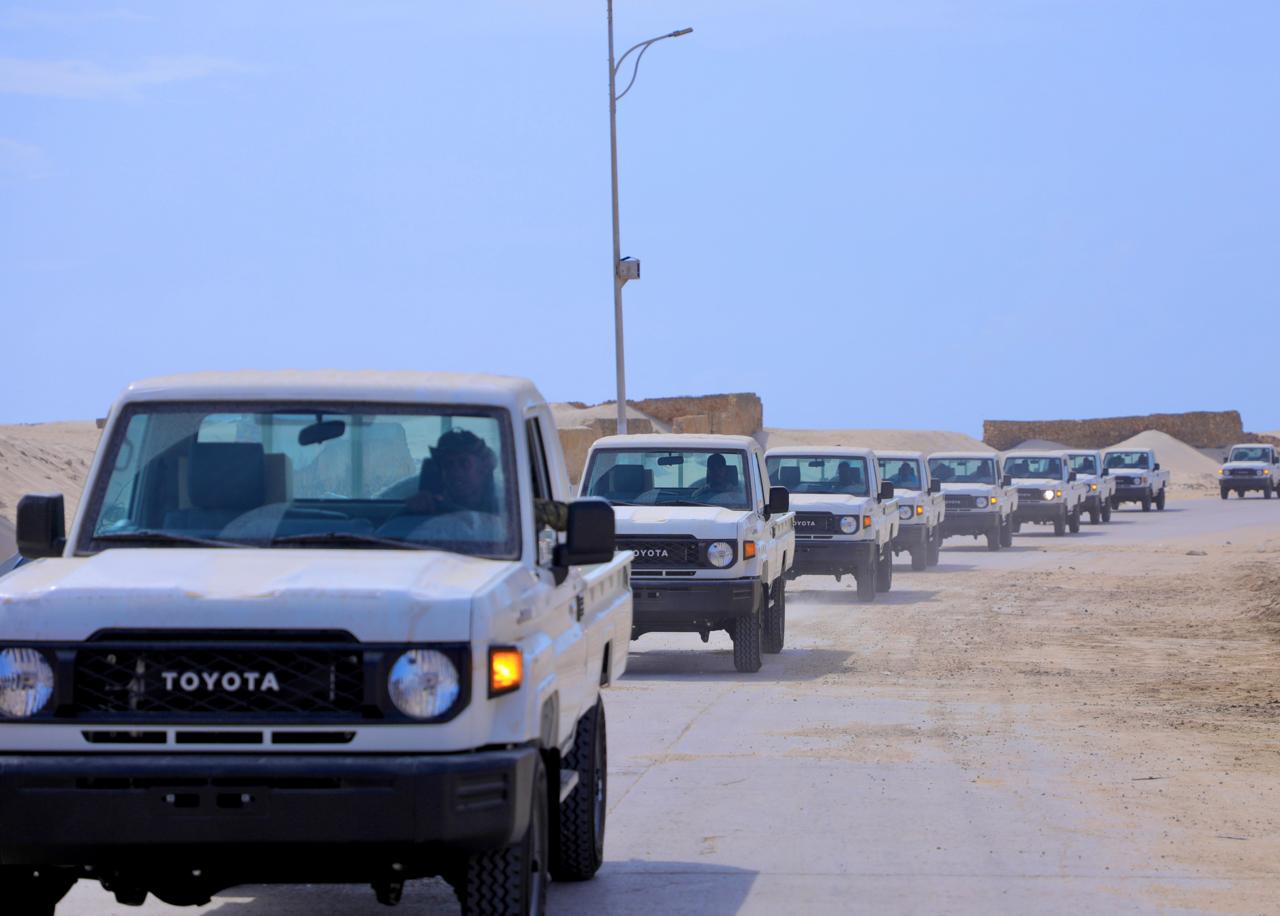Rwanda’s population increased from 10.5 million in 2012 to 13.2 million in 2022, indicating an annual population growth rate of 2.3 percent, according to findings released from the recent population census.
According to the outlook, there are 3.312,743 households, and the current average household size stands at 4 people.
In comparison, according to the National Institute of Statistics (NISR), the females are 51.5 percent while the males are 48.5 percent.
People in urban areas are 27.9 percent of the total population while the rest reside in the rural area. Eastern Province has the highest population at 26.9 percent.
The findings also indicate that for the last ten years, the population of youth dropped from 70.3 percent in 2012 to 65.3 percent in 2022 and is expected to further go down to 54.3 percent by 2050.
However, the proportion of the population aged 16-64 increased from 53.4 percent in 2012 to 56 percent in 2022, and is expected to rise to 61.4 percent by 2050.
The results are expected to be officially presented by Yusuf Murangwa, the Director General at NIRS, during the 18th edition of the National Dialogue Council, commonly known as Umushyikirano, which is currently underway at the Kigali Convention Center.
According to NISR, life expectancy has moved up from 51.2 years in 2002 to 69.6 years in 2022, while the current total fertility rate (women aged 15-49) is 3.8 in rural areas and 3.2 in urban areas.
Eastern Province has the highest fertility rate at 4.0, while Kigali has the lowest at 3.0.
On the literacy level front, the population of Rwandans with no education decreased to 22.3 percent from 33.5 percent in 2002.
The results are compiled in a 130-page report and contains analytical information about the socio-economic indicators, such as education levels, access to electricity, water, telephones, trends in human settlement and housing, sectors of employment, among others.
Umushyikirano kicked off on Monday, February 27 and will conclude on Tuesday, February 28.
The national dialogue is an annual event however, it had not gathered since the outbreak of COVID-19 pandemic.
Provided by the constitution, Umushyikirano is an annual homegrown initiative that provides a platform for national leaders as well as ordinary citizens to discuss issues affecting the nation, including governance and national unity.
Umushyikirano last occurred in December 2019 and some of the key resolutions taken include; prioritising people with disabilities, the use of Kinyarwanda, Made-In-Rwanda style among others.
Rwanda’s population was projected to reach between 12.4 million and 12.7 million in 2020 – from 10.5 million in 2012.
The Rwandan population grew from 4.8 million in 1978 to 7.1 million 1991, according to the first and second housing and population censuses. It indicated a 3.1 per cent growth rate.
The third census in 2002 indicated that the population had grown to 8.1 million while the fourth census in 2012 found the Rwandan population was 10.5 million.










